Product Manual
6 Indispensable T-Shirt Printing Materials To Create A Quality Tee
Do you know that t-shirt printing materials have many types? How to choose the fabric and how to combine them to create a beautiful outfit is a matter of concern in this day and age. Let’s find out more with TeeNavi.
>>>> GET STARTED: 11 best quality types of print on T-shirt | Should not ignore
1. Why is the trend of printed t-shirts popular?
T-shirts are one of the most unusual items on the market. They’re fashionable and versatile, complementing almost any look. The custom t-shirt printing market is currently worth $1 billion per year and is expected to grow to $3 billion by 2025. Handmade t-shirts and standard printed t-shirts with unique designs are included in this definition. Others see t-shirt printing as a fun way to express their creative side.
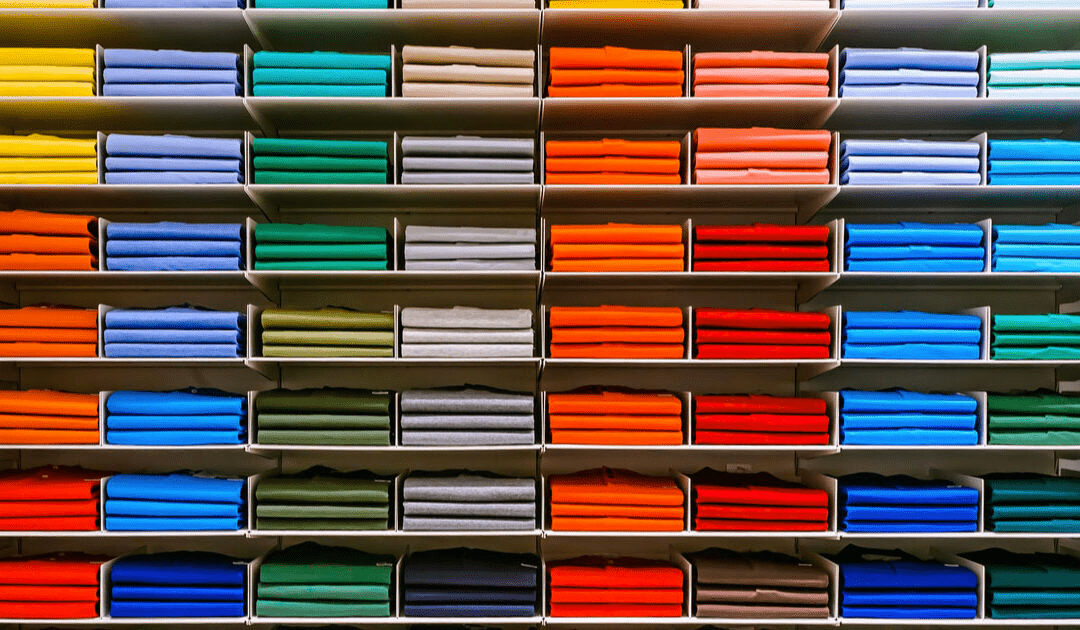
>>>> LEARN MORE: The trend of printed knit fabric stirs up 2023 | Pros & cons
2. Classification of suitable printed t-shirt fabric
There are numerous options when creating t-shirt printing materials. Color, design, and style are all important considerations, but selecting the right t-shirt material is one of the most important. Depending on your budget, priorities, and audience, different textiles provide different benefits.
2.1 Cotton
Cotton is one of the most popular materials for heat press t-shirt printing for a reason. This soft, comfortable fabric can be printed with virtually any ink or design. It is hypoallergenic, which means it will not irritate sensitive skin so both children and adults can wear it.
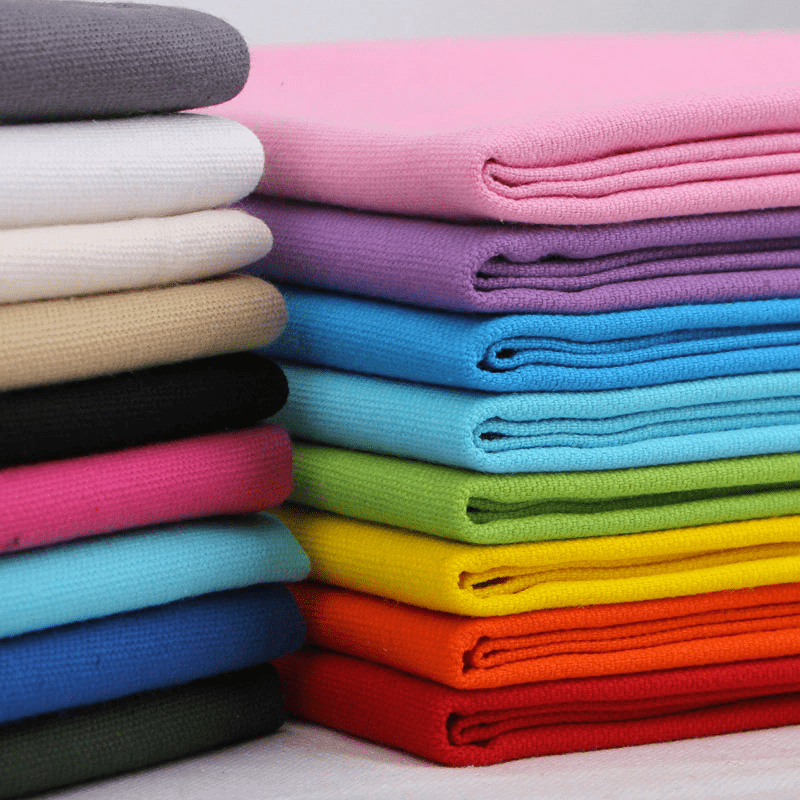
Historically, 100% cotton t-shirt printing materials were known for being thick and heavy. Cotton t-shirts can now be produced with a lightweight, breathable feel thanks to advances in technology. The low cost of cotton fabric is one of its main advantages. Cotton t-shirts are relatively inexpensive to produce, making them an excellent choice for large-scale or low-budget projects.
2.2. Polyester
Polyester may be your best bet if you’re making t-shirts for people on the go. This t-shirt printing materials is more durable than cotton so it will shrink and stretch less. It’s also lighter in weight. The polyester fabric dries quickly, which is why it is frequently referred to as “moisture wicking.” It’s also more stain and odor resistant than cotton. If you are usually going to be out in the hot sun, near water, or working up a sweat, a polyester t-shirt will be much more comfortable.
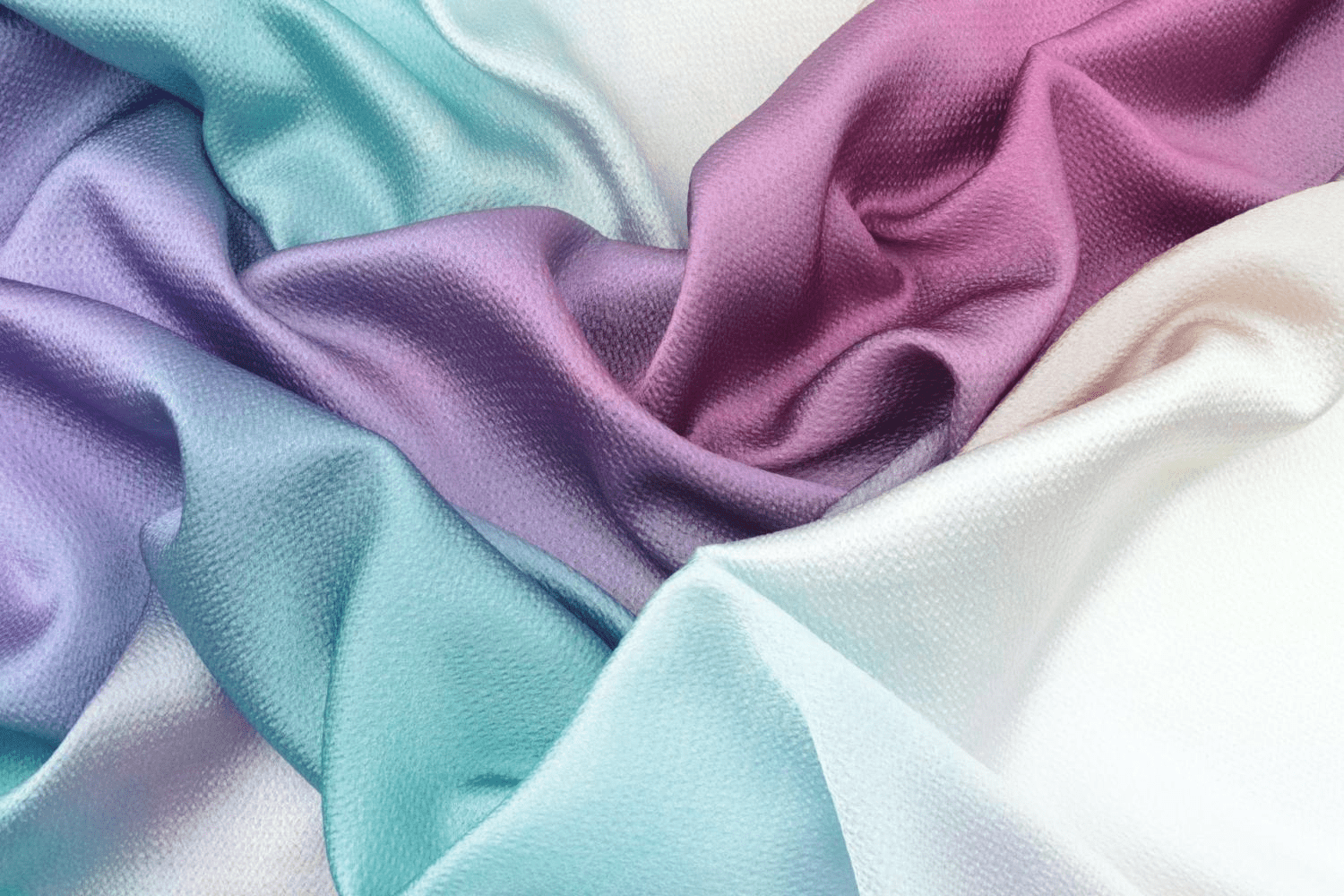
3. The most necessary t-shirt printing materials
Among the printing materials we choose to create a complete t-shirt, in addition to the free fabric we can choose according to our needs and preferences, there are raw materials we really need to produce t-shirts. Produced by them an important role. Here is a list of the machine and material you need to print the finished t-shirt:
3.1 Inkjet printer
Print your t-shirt designs on specialized inkjet transfer paper. You don’t want incompatible prints that waste your money, so make sure you get a printer size that fits your heat press machine.
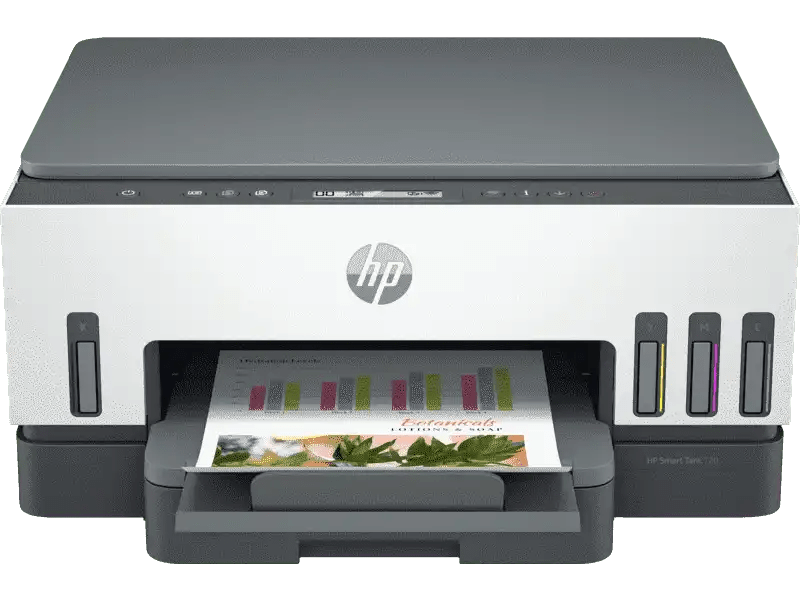
>>>> CLICK NOW: 6 great sublimation printing T-shirt materials | Selective fabrics
3.2. Heat Press Machine
This machine will be a frequently used tool. The heat press machine does exactly what it uses heat to transfer graphics to t-shirts, similar to an ironing board. The heat press machine for t-shirt printing materials, unlike an ironing board, is designed to easily duplicate orders.
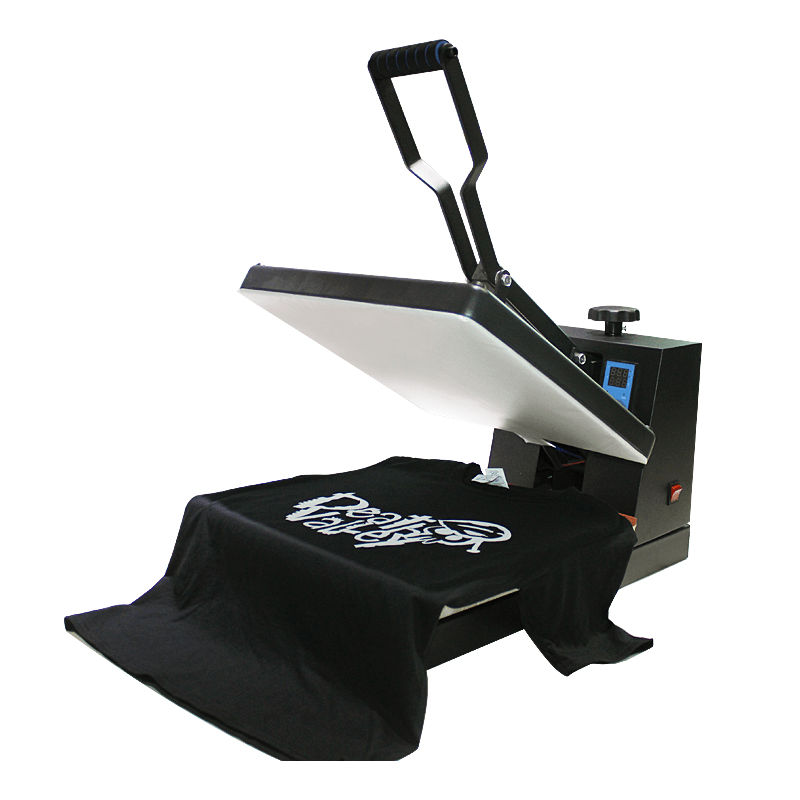
There are three types of heat press machines available: the iron, the swing-away heat press, and the manual press. The iron is smaller and more suitable for experienced users, whereas the manual press is suitable for users of all skill levels. If you intend to make additional items such as mugs or bags, the swing-away heat press will come in handy.
3.3. Screen – T-shirt printing materials
You’ve most likely heard of this phrase before! The screenprinting industry dates back to the early Chinese dynasties. The process of transferring designs onto fabric using a mesh-based stencil is known as screenprinting.
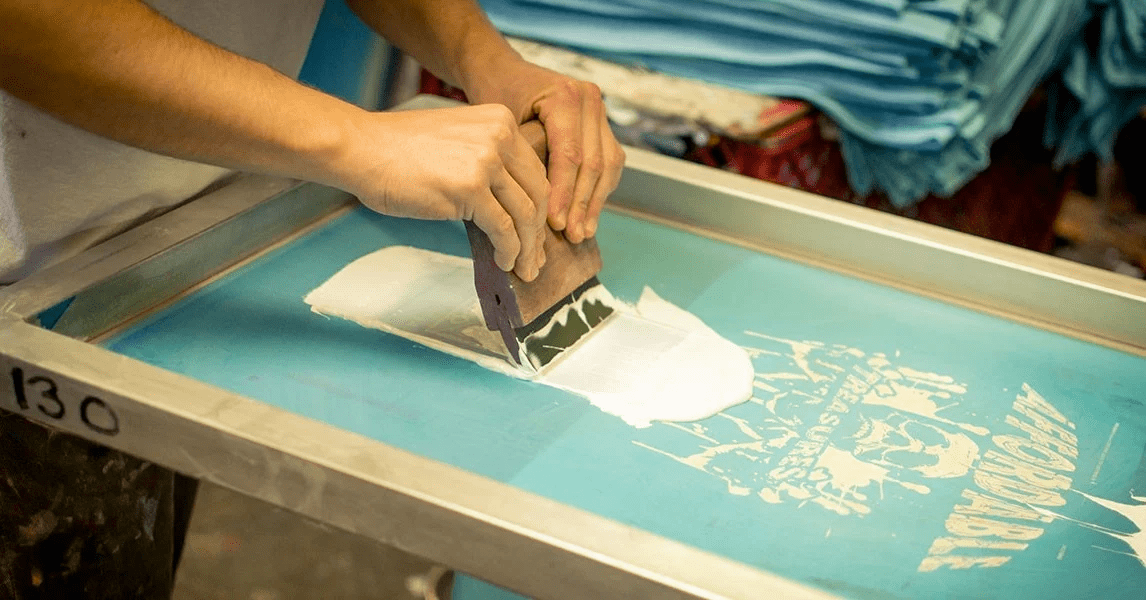
While screenprinting was once done meticulously by hand, it is now easily accomplished with more advanced tools. Your screens must be unique to each design, right down to the color scheme. Mesh count is used to define screens, and it follows a simple rule. Simple designs can have low mesh counts, whereas highly detailed designs require high mesh counts.
3.4. Emulsion and ink
When printing T-shirts, it is definitely indispensable for printing ink. Emulsion and ink are the raw materials for t t-shirt printing of t-shirt production, ensuring that each creation is high-quality and long-lasting. In the screening process, the emulsion is applied to each screen to prevent it from fading or wrinkling due to light exposure. The hardening of emulsion is what creates the hard stencil that allows you to outline designs onto t-shirts.
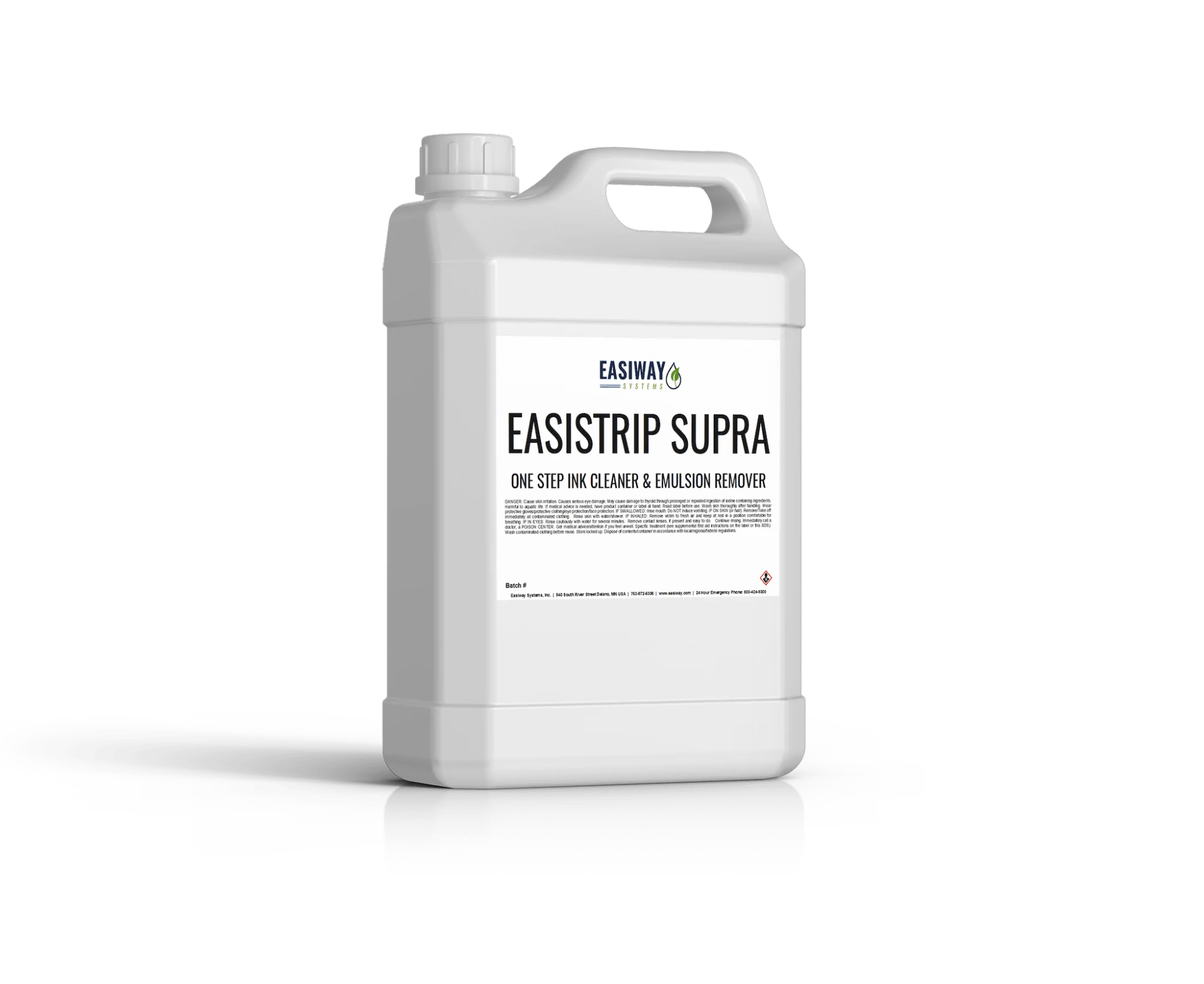
The colors used to create your beautiful prints are ink (also known as solvent ink). If you’re a painter, you’ll already know the answer to this next part. The primary colors and shades required for your ink base are as follows: White, black, red, yellow, and blue.
3.5. Exposure device
You won’t want to overlook this essential piece of t-shirt printing equipment. The exposure unit is used after you have created a screen and layered it with emulsion, allowing the screen and ink to adhere properly. This is to ensure the quality of the print on the t-shirt, it will not crack or fade after repeated wear or washing.
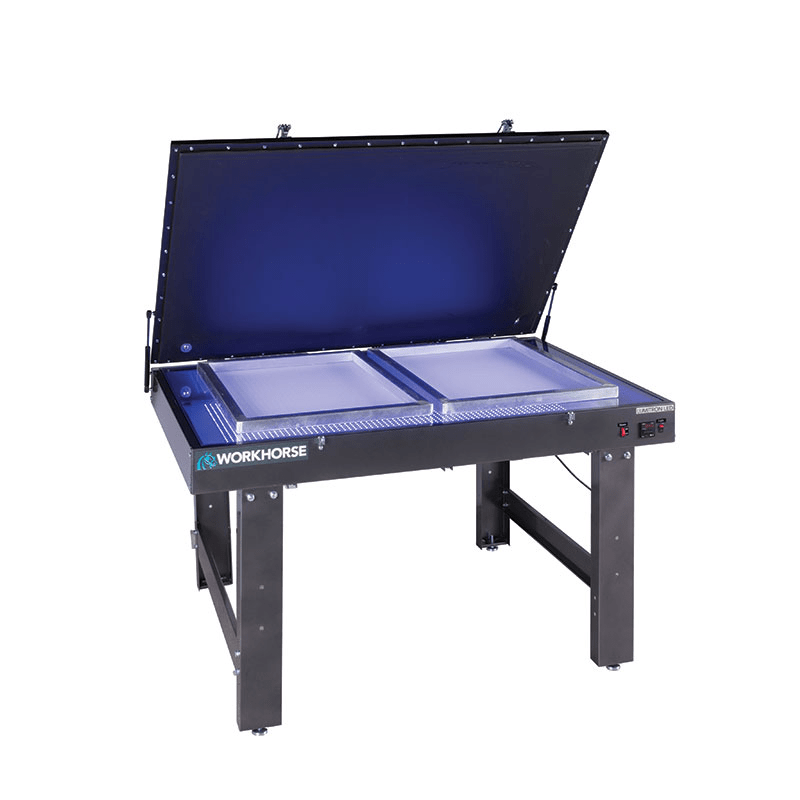
This is frequently due to cheap materials, but it can also be due to a poorly used exposure unit. Light (specifically, UV or LED) is used by exposure units to cure the design into a firm, usable model. Vacuum exposure units are even better, as they use pressure to press the artwork and screen together. This produces much finer detail.
>>>> GET IT OUT: How to screen printing T shirts | 5 easy steps with images
3.6. Conveyor dryers
We’re almost finished with the T-shirt! The list of t-shirt making supplies is lengthy, but the end result is well worth it. Conveyor dryers are where everything comes together. They clean your screen while also strengthening the ink. This means your design will not rub off as easily and will withstand repeated wear and tear.
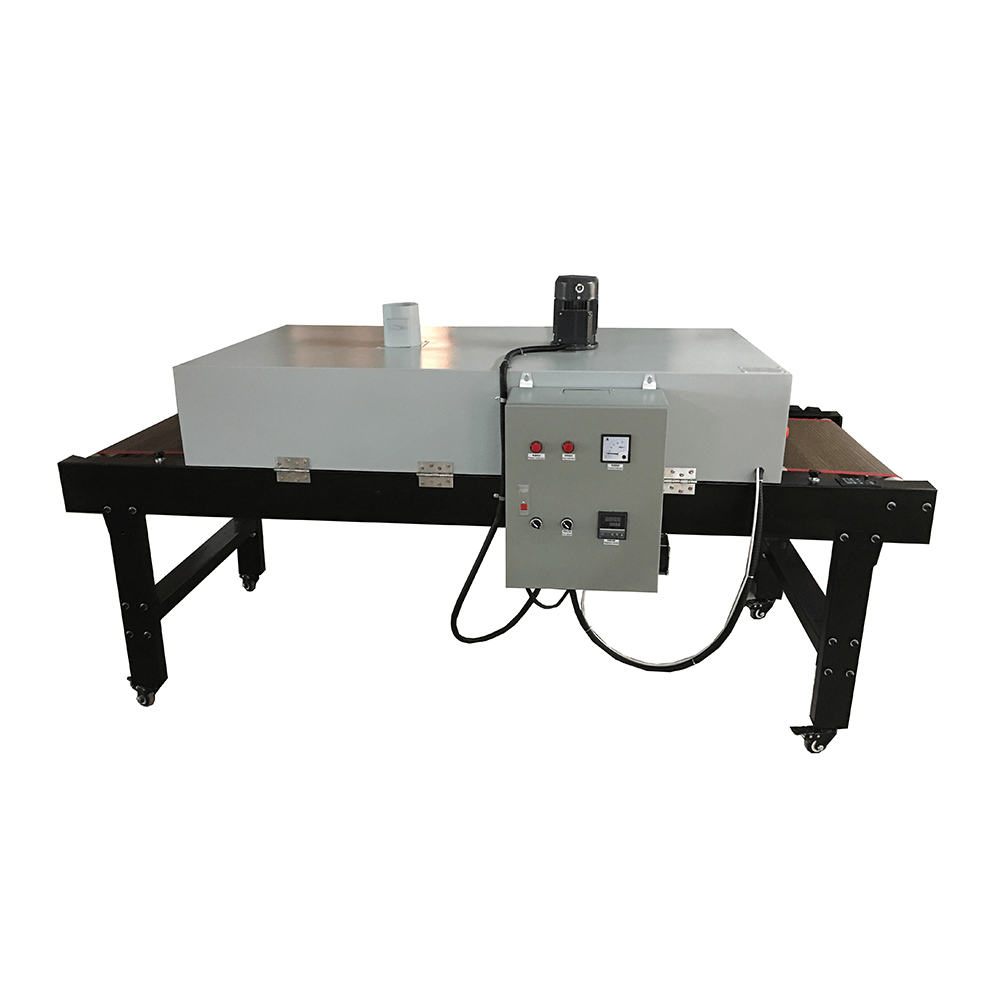
4. How to print on different t-shirt materials
When we have all the necessary printing materials, the next thing we need to do is find ourselves a suitable printing process. TeeNavi sends you two printing processes in cotton and polyester fabrics.
4.1. Way to print on polyester t-shirts
Professional-level printing on polyester t-shirts is done with sublimation, but you can also print on polyester at home with screen printing or other methods. The thing to remember about polyester is that it is heat sensitive. If you watch the temperature and timings, you can use a heat press on it, but it presents far more challenges than working with the more durable cotton.
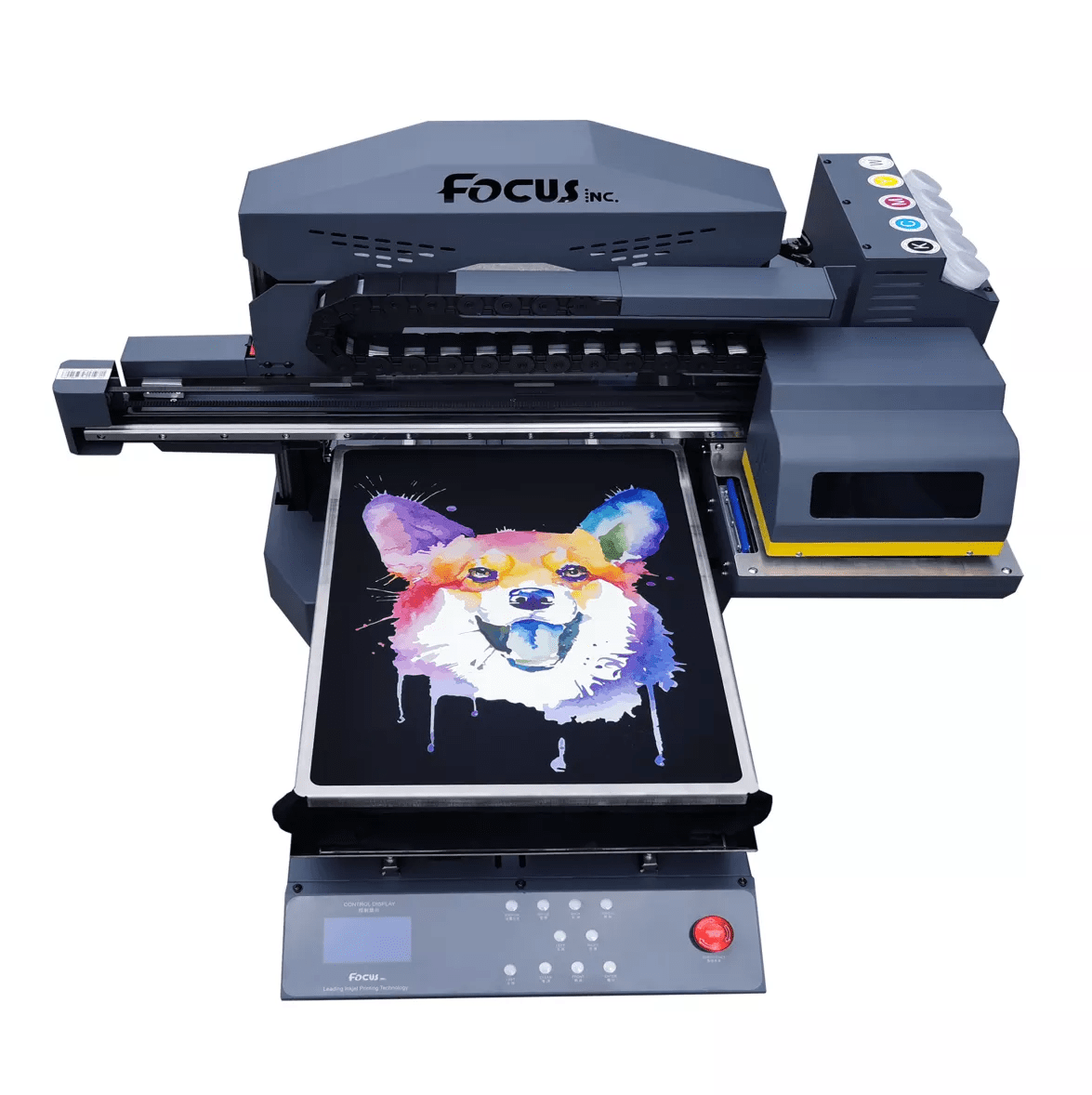
4.2 Way to print on cotton t-shirts
The best way to print cotton t-shirts at home is to use the heat transfer method with an inkjet printer or to cut out and use an HTV design. If you have a regular inkjet or laser printer in your home office, you can easily create any design and then use an iron or a small heat press to seal the transfer paper to your t-shirt.
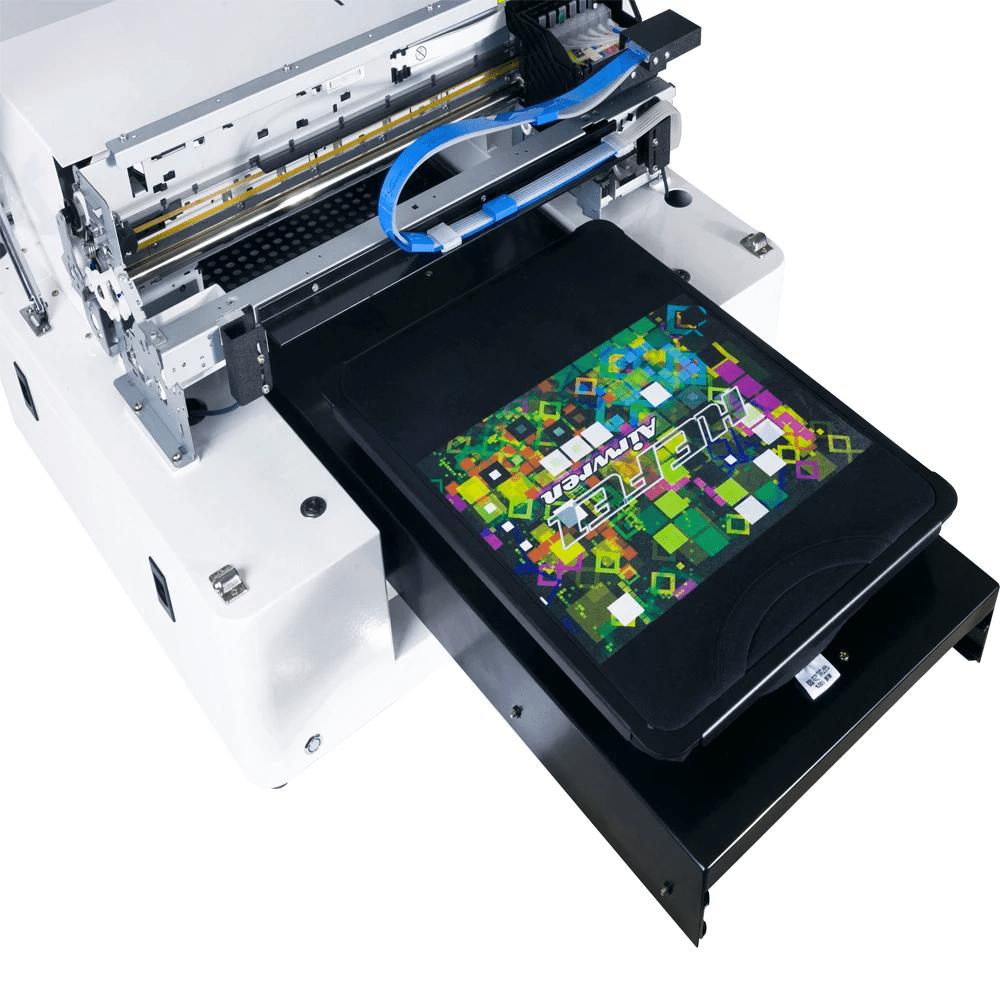
Similarly, if you have a Cricut or want to cut a vinyl shape out with a knife or scissors, you can easily seal the heat-activated adhesive onto a cotton t-shirt at home. Cotton can withstand high temperatures, so any method involving a heat press or iron works well on this type of t-shirt. If you want to keep it simple, you can use a stencil and fabric dye to paint a cotton t-shirt at home.
Contact TeeNavi to receive more information about t-shirt printing materials or order more quality products related to t-shirts. TeeNavi promises to accompany you and bring you a different experience.
>>>> CONTINUE: 4 best print T-shirt high quality methods custom in 2023

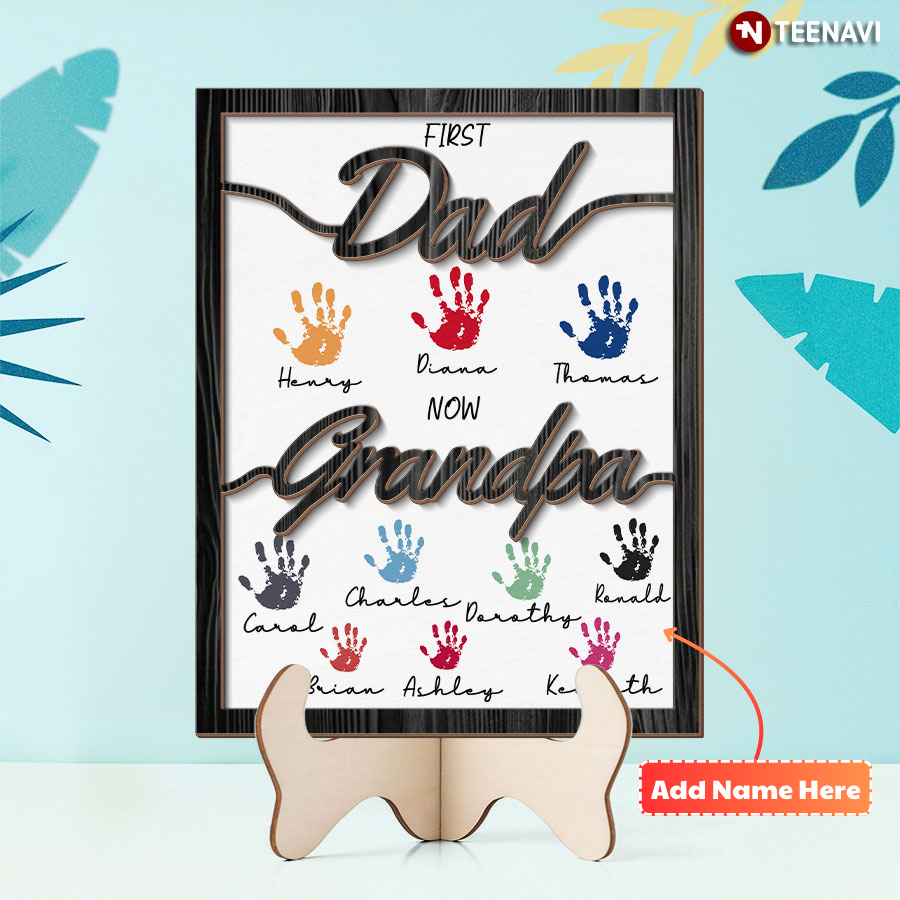



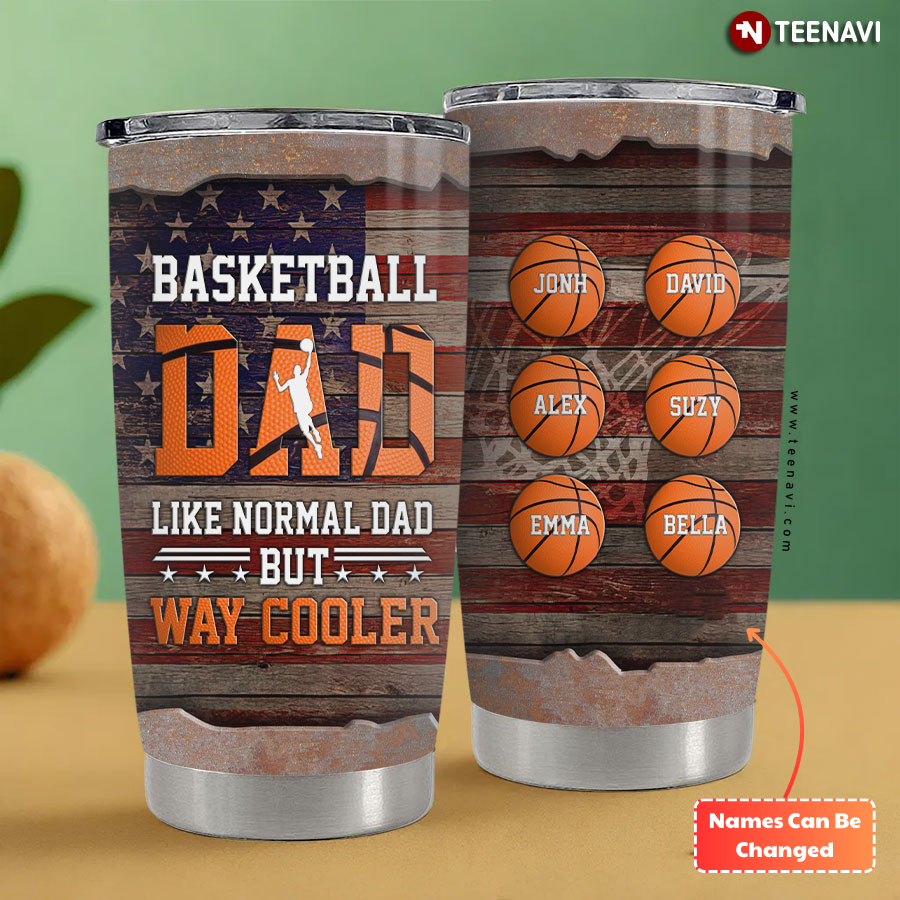

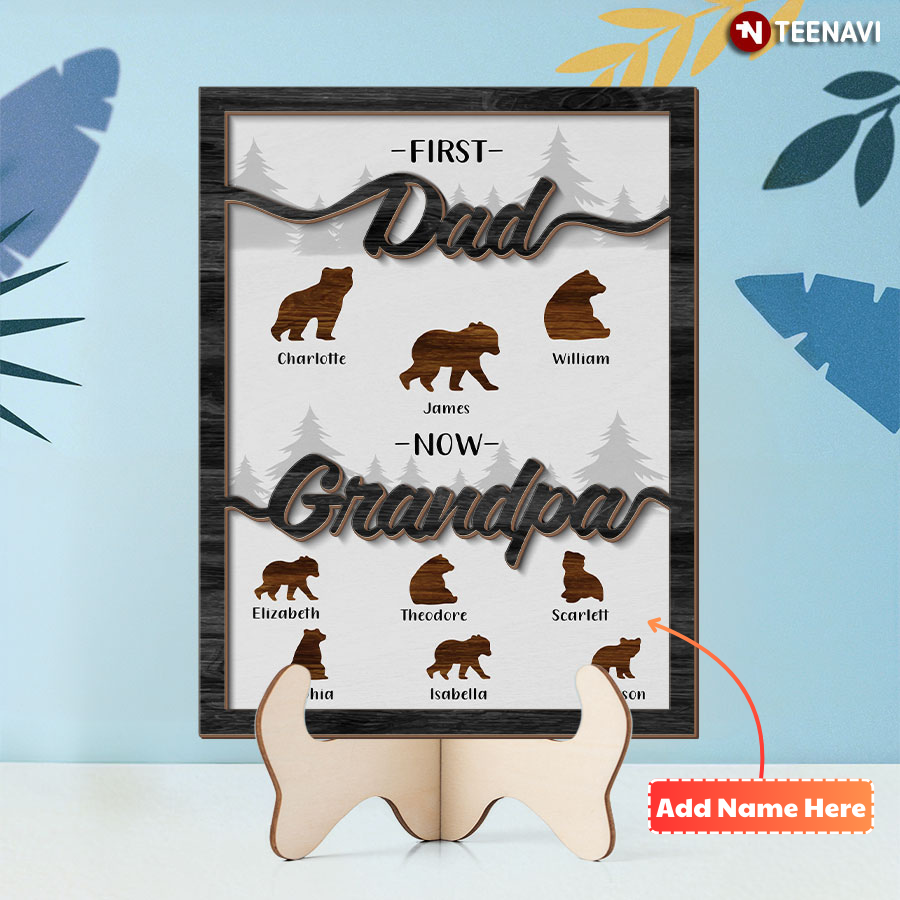

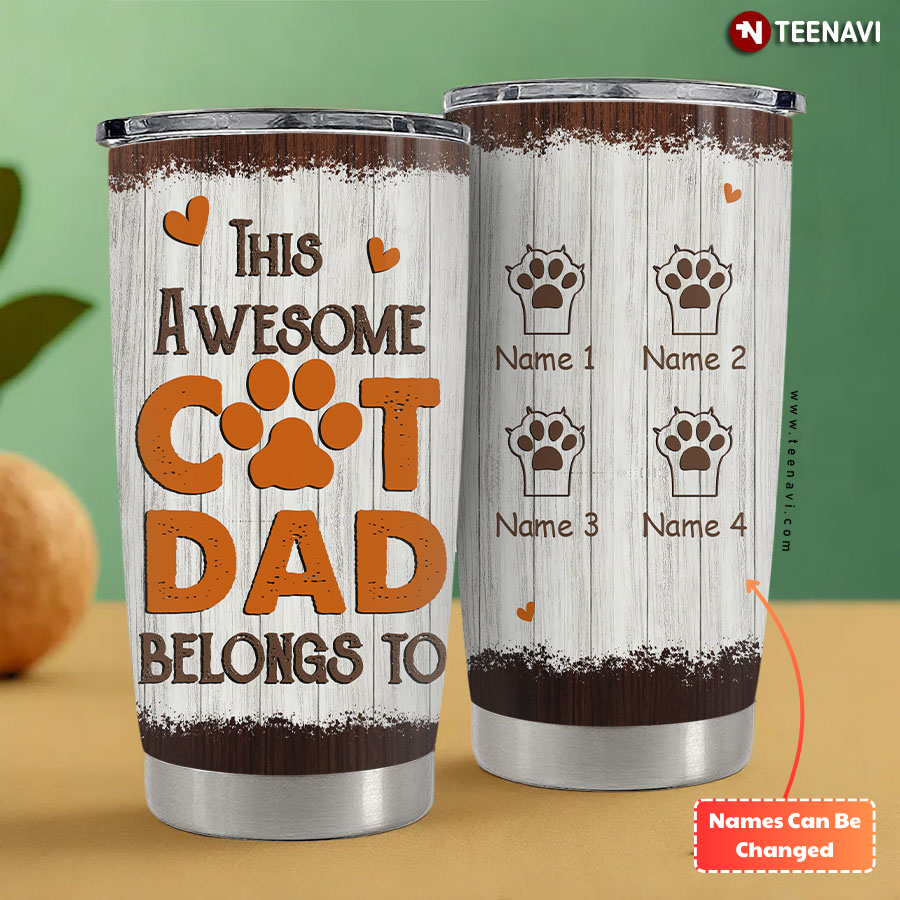



Mi Myth is the Commerce Editor for TeeNavi, specializing in curating recommendations for apparel, accessories, and home living. As the dedicated editor, Mi Myth diligently explores and tests a wide range of products, ensuring that her gift guides feature the latest and most promising items in the realms of clothing, accessories, and home essentials. When not immersed in the world of fashion and lifestyle, Mi Myth enjoys quality time with her two rescue dogs.
Related Posts
3 Steps On How To Sew T-shirt Material | Sew & Select Fabric
Welcome! In this post, we will acquire hints and techniques for how to sew t-shirt...
Jun
The Tri-Blend T-Shirt Material And Cotton | 5 Points Of Difference
What are the distinguishing features of a Tri-blend T-shirt material compared to cotton and dry-blend T-shirts?...
Jun
How To Make T-shirts With Heat Press In 2024 | Easy And Effective
Ever wondered how to make t-shirts with heat press machine? If yes, then don’t skip...
Jun
Top 13 Best T-shirt Material For Customize 2024
Among the many materials on the market today, it is not difficult to find the...
Jun
Top Best Fabrics For The Print T-shirt High Quality Of 2024
When it comes to finding a print T-shirt high quality, you have a few different options...
Jun
10 Light Material T-shirts For The Coolest In Summer 2024
Light material T-shirts are always chosen by many people to buy in the summer. It...
Jun